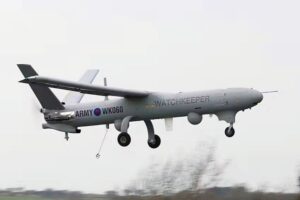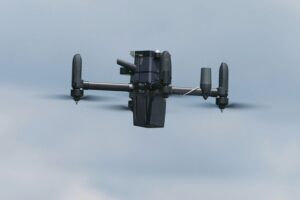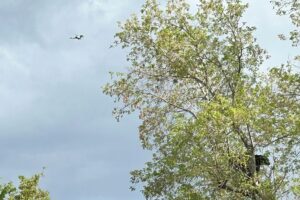 The UK has announced the retirement of its Watchkeeper Mk 1 drones by March 2025 as part of a broader effort to modernise the Armed Forces and adapt to evolving threats. The decision, unveiled by Defence Secretary John Healey, reflects the rapid pace of technological advancements in unmanned aerial systems and lessons learned from the […]
The UK has announced the retirement of its Watchkeeper Mk 1 drones by March 2025 as part of a broader effort to modernise the Armed Forces and adapt to evolving threats. The decision, unveiled by Defence Secretary John Healey, reflects the rapid pace of technological advancements in unmanned aerial systems and lessons learned from the […]UK to Retire Watchkeeper Fleet
 The UK has announced the retirement of its Watchkeeper Mk 1 drones by March 2025 as part of a broader effort to modernise the Armed Forces and adapt to evolving threats. The decision, unveiled by Defence Secretary John Healey, reflects the rapid pace of technological advancements in unmanned aerial systems and lessons learned from the […]
The UK has announced the retirement of its Watchkeeper Mk 1 drones by March 2025 as part of a broader effort to modernise the Armed Forces and adapt to evolving threats. The decision, unveiled by Defence Secretary John Healey, reflects the rapid pace of technological advancements in unmanned aerial systems and lessons learned from the […]

